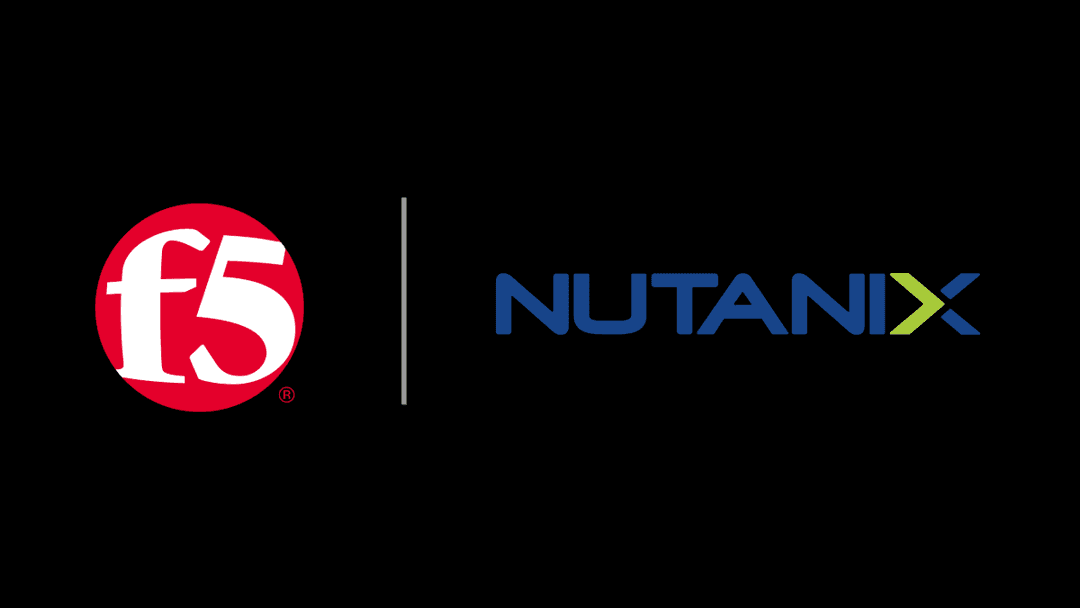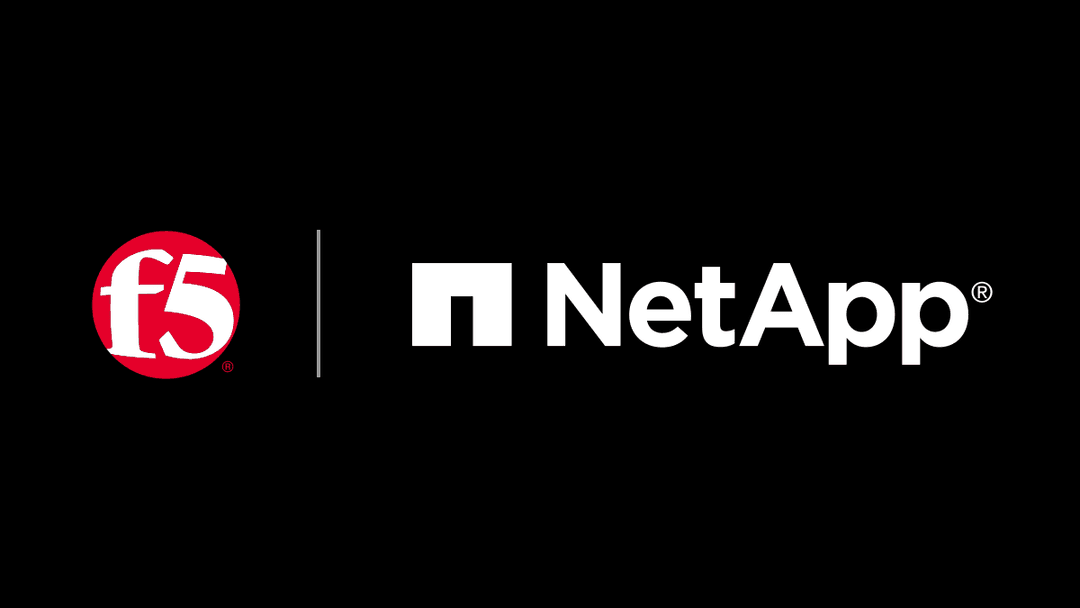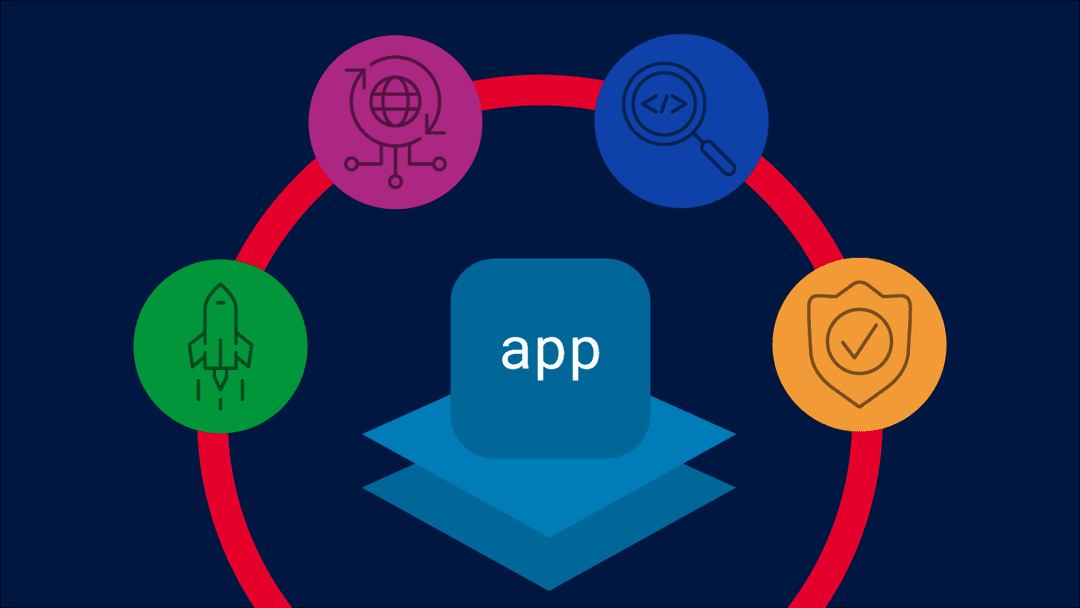The networking landscape is undergoing rapid transformations due to shifts in infrastructure, technology demands, and threat complexity.
Hybrid and multicloud environments have become the norm as organizations deploy applications and APIs across on-premises systems, public clouds, and edge locations. This, combined with the proliferation of data and connected devices, has significantly increased network complexity and made observability, management, and security more difficult.
The rapid growth of AI infrastructure—including high-performance GPU clusters —requires new levels of network performance and scalability. AI workloads generate massive volumes of data while demanding low latency and high throughput to function efficiently.
“AI can help analyze network traffic patterns in real time, detect anomalies, automate threat response, and dynamically adjust network configurations for optimal performance and security.”
At the same time, malicious actors are leveraging AI to develop more advanced and adaptive cyberattacks, using tools like AI-driven bots and automated vulnerability discovery to exploit weak points and blind spots in networks and APIs.
In response, organizations must adopt AI-driven network optimization to stay ahead. AI can help analyze traffic patterns in real time, detect anomalies, automate threat response, and dynamically adjust network configurations for optimal performance and security. By doing so, organizations can better manage network complexity, improve system resilience, and protect against modern AI-enabled threats.
Read this blog post to learn why organizations should deploy AI in their networks to protect their increasingly complex digital environments. This article also provides use case examples of AI in networking and explores the types of AI technologies used in networking. The post concludes with a discussion of how AI-enabled networks can be optimized to support the most efficient performance of AI applications.
Benefits of AI in networking
Employing AI in networking can help improve network performance and reliability by enabling real-time traffic analysis, intelligent routing, and predictive optimization. It can also enhance security by detecting anomalies and automating responses to threats faster than traditional methods. Employing an AI assistant with a natural language interface can simplify network tasks and improve the user experience by allowing NetOps teams to use plain language to interact with the system, without the need for deep technical knowledge.
Following are more benefits of using AI to improve digital networking.
- Optimized network performance. Intelligent traffic management enables networks to operate more efficiently and adaptively. AI can continuously monitor network traffic patterns and usage across all endpoints, detecting congestion, bottlenecks, or suboptimal routing in real time. In response, AI can dynamically reroute traffic, balance loads across servers or data centers, and prioritize critical workloads to ensure faster response times and reduced latency. This includes the ability to adjust Quality of Service (QoS) and Class of Service (CoS) settings dynamically, allocating bandwidth and prioritizing services based on current network demands. At the routing layer, AI can enhance performance by dynamically tuning protocols such as OSPF (Open Shortest Path First) to optimize internal traffic paths and BGP (Border Gateway Protocol) to improve external connectivity through intelligent path selection and policy enforcement.
- Simpler network operations. Automating routine tasks like configuration, monitoring, and troubleshooting reduces the need for manual intervention by NetOps teams. AI can ingest and correlate raw data from multiple sources such as SNMP (Simple Network Management Protocol) networked devices and metrics and log data from OpenTelemetry to unify disparate data into a single operational view. With predictive analytics, AI can identify potential issues before they occur, enabling proactive maintenance and minimizing downtime, leading to simpler, more efficient operations and faster incident resolution. With an AI assistant, network operators can use natural language to quickly detect, troubleshoot, and diagnose issues such as latency, congestion, and downtime.
- Improved user experiences. AI assistants can simplify interactions with complex network environments. Instead of memorizing commands or navigating multiple interfaces, network operators can use plain language to interact with the system. AI can provide real-time insights, suggest remediation steps, and automate fixes to enable faster resolution of problems and maintain a smooth, high-performance network for end users.
- Better network security. Analyzing network user behavior in real time can detect anomalies that may indicate malicious activity or threats, such as unusual access patterns or data transfers. Integrating AI into network security allows for faster incident response and proactive threat detection, enabling security teams to contain issues before they escalate and reducing the risk of breaches or network downtime. An AI Security Operations Center (AI SOC) automates many of the monitoring, detection, investigation, and response processes traditionally handled by human analysts in a traditional SOC, by using AI to deliver faster, more accurate, and more scalable security operations.
- Cost optimization. The use of AI for network optimization isn’t just about performance, it’s also about managing costs. AI can intelligently manage resources based on real-time demand, reducing unnecessary usage and operational overhead. In the service provider industry, for example, AI can be used in 5G radio optimization to automatically power down underutilized network cells during low-traffic periods and reactivate them when traffic increases. This dynamic scaling conserves energy and reduces infrastructure strain, allowing telecom providers to achieve significant savings in operational costs while maintaining quality of service.
AI tools and technologies used in networking
A variety of AI tools and technologies are employed when optimizing network performance, automating operations, and strengthening security with AI. These tools and technologies include the following.
- Machine learning (ML) analyzes vast amounts of data to recognize patterns. Networking use cases that employ ML technologies include identifying anomalies in network traffic and learning from historical data to predict congestion or potential failures and avoid performance bottlenecks.
- Large language models (LLMs) are a subset of generative AI that use vast datasets and deep learning techniques to generate, synthesize, and manipulate text. AI networking use cases that leverage LLMs are expanding rapidly, especially in areas where human language and technical configuration intersect. These use cases include simplifying and automating network configurations, where LLMs can translate natural language input into structured configuration commands or templates. Other use cases are code generation and streamlining the creation and updating of network documentation.
- Machine reasoning (MR) goes beyond pattern recognition to apply logic-based decision-making to complex, dynamic environments such as networks. MR technologies use acquired knowledge to model a series of possible steps and determine the optimal course of action, enabling AI systems to move from passive monitoring to active, intelligent management. Networking use cases include recommending remediation strategies for congestion issues or vulnerabilities.
AI in networking use cases
Following are the primary ways AI is used to provide insights and enhance performance, security, and efficiency in key networking function areas:
- Network automation. AI is used to handle routine and repetitious operations such as configuration, management, and optimization to increase efficiency and reduce human error. Instead of manually configuring each router or switch, AI systems can automatically apply and validate configuration changes across distributed environments.
- Predictive analytics and insights. AI models can analyze vast quantities of data about network health, user behavior, and traffic patterns to anticipate bandwidth needs and performance issues. AI can predict when a link will become congested or when a device is likely to fail based on historical patterns and current trends.
- Performance monitoring. AI can detect patterns that signal performance degradation quickly and provide detailed insights into the root cause of the problem, such as a specific device, access point, switch, or router. AI enhances real-time monitoring by identifying patterns and deviations that signal potential network issues, often before human operators notice.
- Network security. AI can analyze threat patterns to proactively deliver insights and identify and resolve threats faster to recognize zero-day attacks. A credential stuffing attack can be recognized by a sudden spike in failed login attempts from a suspicious region, even if the attack uses previously unknown methods.
- Intelligent routing and scaling. An AI-enabled network can dynamically balance loads and optimize resource allocation to efficiently manage high traffic. During peak usage, AI can reroute traffic through underutilized links or spin up additional network resources to maintain performance.
Supporting AI infrastructure with AI-enabled networking and security
As organizations adopt AI infrastructure to support AI workloads and applications, they face new demands on their network environments. These workloads require massive bandwidth, low latency, and real-time responsiveness, far beyond what traditional networking solutions were designed to handle. To keep pace, modern networking must evolve, and applying AI to optimize network performance is a natural and necessary response.
For example, use AI to improve traffic management to support high-capacity and low-latency data transport required for AI workloads. AI-powered network systems can monitor real-time traffic patterns, detect congestion points, and dynamically adjust routing and bandwidth allocation. This ensures optimal performance across compute clusters and data pipelines, maximizing throughput of AI data traffic while minimizing latency.
AI can also automate intelligent network segmentation to align network segments with AI clusters. AI infrastructure often involves isolated GPU clusters dedicated to specific workloads. AI can automatically analyze compute workloads, traffic patterns, and application behavior, then create or adjust network segments to align with workload needs. It can also dynamically assign or reallocate GPU resources to those segments based on demand and load balancing goals.
How F5 uses AI to optimize networks
F5 has assembled a centralized team of AI engineers, researchers, and architects to scale AI across the company.
As we leverage AI in our products to automate network configuration tasks, provide predictive analytics, and detect security threats, today we announced we are bringing our AI assistants into a single F5 AI Assistant across the F5 Application Delivery and Security Platform (ADSP). With a consistent user experience, SecOps and NetOps teams can better understand their security posture and exploit the wealth of information at their disposal across the entire platform, reducing the operational complexities of their hybrid multicloud environments.
The F5 AI Assistant can streamline operational tasks by automatically analyzing and interpreting vast amounts of log data and telemetry from various sources, identifying patterns and anomalies that might indicate potential issues. In multicloud networking scenarios, the AI Assistant can analyze real-time data such as traffic patterns and system performance metrics to quickly show overall site posture as well as help diagnose potential site issues, providing relevant follow-up actions where needed. For SecOps, the AI Assistant can filter and analyze HTTP requests and security events from F5 Web App and API Protection for false positives, so teams can focus more on proactive threat hunting and strategic security planning.
In addition, agentic AI is deployed as part of F5 ADSP to proactively take action against threats. Agentic AI capabilities can enhance security analytics with smarter correlations between logs, threat intelligence, and real-time alerts, plus reduce alert fatigue for security teams by prioritizing incidents that represent the most critical threats.
AI network monitoring and machine learning capabilities are also built into F5 multicloud networking solutions to identify misconfigurations and optimize network performance.
Learn how agentic AI minimizes alert fatigue and simplifies threat management.
Also, check out the latest F5 AI news on our Accelerate AI webpage.
About the Author
Related Blog Posts

Nutanix and F5 expand successful partnership to Kubernetes
Nutanix and F5 have a shared vision of simplifying IT management. The two are joining forces for a Kubernetes service that is backed by F5 NGINX Plus.

AppViewX + F5: Automating and orchestrating app delivery
As an F5 ADSP Select partner, AppViewX works with F5 to deliver a centralized orchestration solution to manage app services across distributed environments.

Build a quantum-safe backbone for AI with F5 and NetApp
By deploying F5 and NetApp solutions, enterprises can meet the demands of AI workloads, while preparing for a quantum future.

F5 ADSP Partner Program streamlines adoption of F5 platform
The new F5 ADSP Partner Program creates a dynamic ecosystem that drives growth and success for our partners and customers.
F5 NGINX Gateway Fabric is a certified solution for Red Hat OpenShift
F5 collaborates with Red Hat to deliver a solution that combines the high-performance app delivery of F5 NGINX with Red Hat OpenShift’s enterprise Kubernetes capabilities.
Phishing Attacks Soar 220% During COVID-19 Peak as Cybercriminal Opportunism Intensifies
David Warburton, author of the F5 Labs 2020 Phishing and Fraud Report, describes how fraudsters are adapting to the pandemic and maps out the trends ahead in this video, with summary comments.